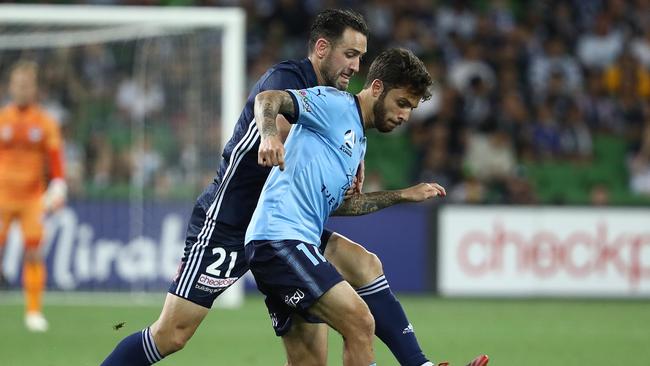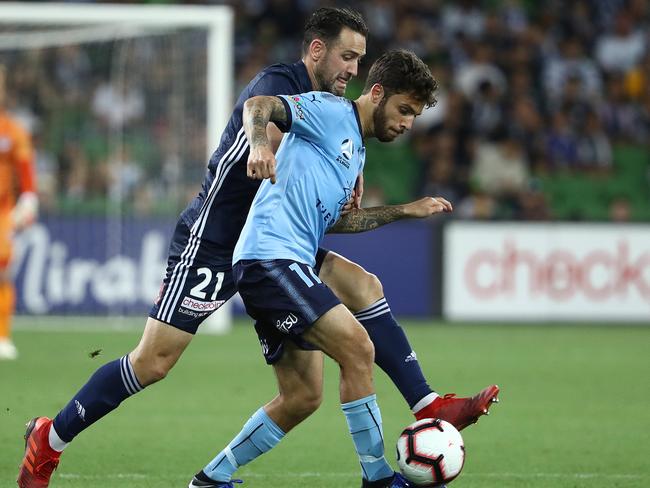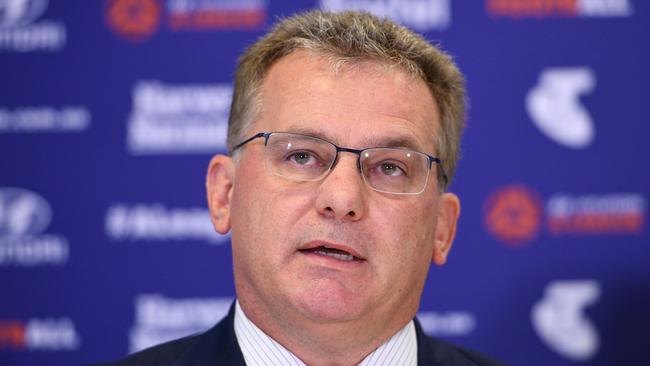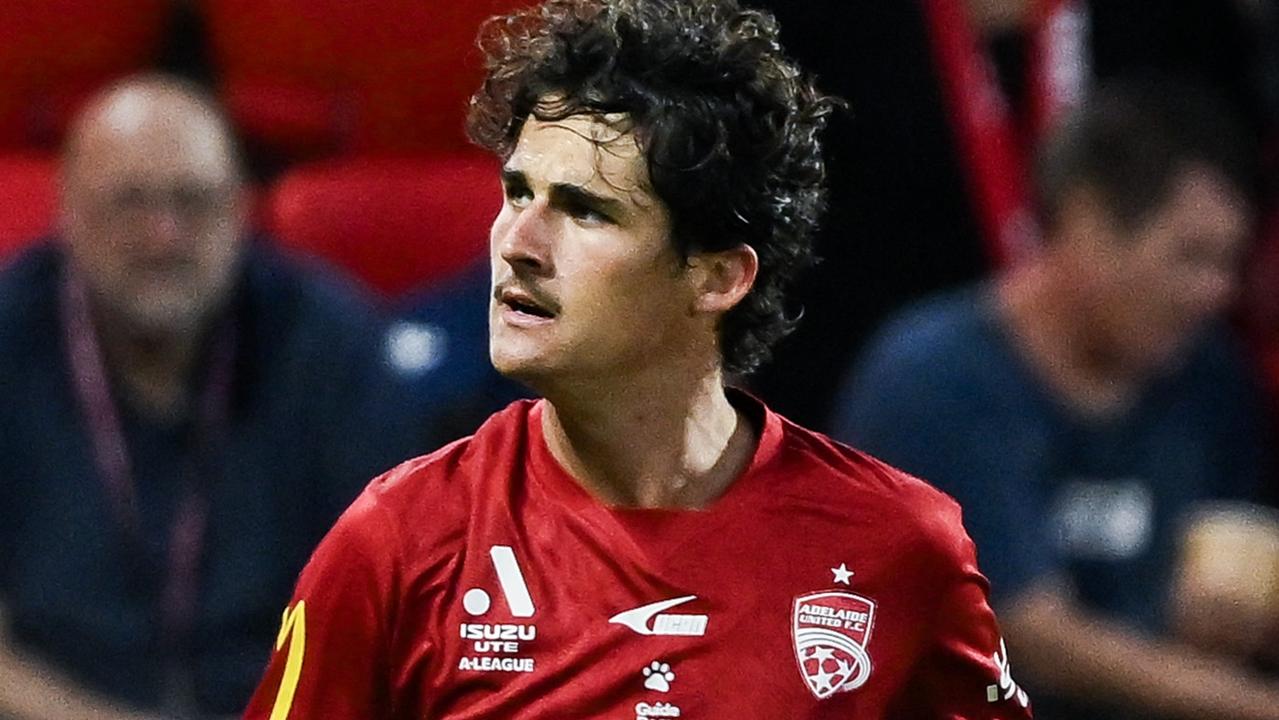A-League clubs spell out their manifesto for an independent league
In spelling out their blueprint for an independent league, A-League clubs have not missed the chance to have a dig at the FFA.

A-League
Don't miss out on the headlines from A-League. Followed categories will be added to My News.
The devil is in the detail, but also in the insults.
The A-League clubs have shown their hand, spelling out in detail their blueprint for how they see an independent A-League operating from next season — and barely a paragraph goes by without a dig at Football Federation Australia.
The subtext is clear, in the words and even in the carefully curated pictures of smiling children and celebrating players that litter the 39-page document: in short, trust us to run the league a whole lot better than the other mob at FFA.
In fact much of it is built on trust: that the clubs deserve to receive 90 per cent of TV revenues on the basis they promise to disperse some and spend the rest so well that the whole football landscape will benefit.
It is PL Lite, the rampantly commercial model from England tweaked for the Australian landscape. Certainly the document’s pointed illustration of declining metrics here strengthens their arguments that something - possibly most things - have to change.

How it will change is in that detail. The A-League would be entirely self-governing, with “ideally” 16 clubs eventually playing each other home and away (and Wellington Phoenix would be guaranteed a long-term future).
Expansion would require 75 per cent of the clubs to vote in favour, as would any promotion and relegation to a national second division; and the document makes clear the existing clubs see the latter as a long, long way off.
The key to expansion would be identifying the preferred markets first and then seeking bidders in those spaces. Conversely, the league would have a sinking fund to help — and possibly run — any of their brethren that get into trouble.

Overall, it’s about wresting control back from FFA. The clubs want the right to sell all commercial properties as they see fit, and they want a “revision” of the collective pay deal and the standard player contracts to which they are currently obliged to adhere.
They also want the right to bring in more visa players, a prospect that will be viewed with horror by those responsible for coaching and developing the national teams. The blueprint notes proudly that last season seven out of the 10 leading goalscorers in the league were foreign; many will draw a direct line between that figure and the meagre supply of goalscorers for the Socceroos.
But overall, in a bleak landscape of falling crowds and TV ratings, the blueprint at least offers a vision for how the competition could evolve, and offers the prospect of tackling the current inertia.
It will be debated and chewed over, not least by the other bodies who must agree to the final model for a new league. But the need for a radical new vision for the A-League gets greater by the day.
Originally published as A-League clubs spell out their manifesto for an independent league


